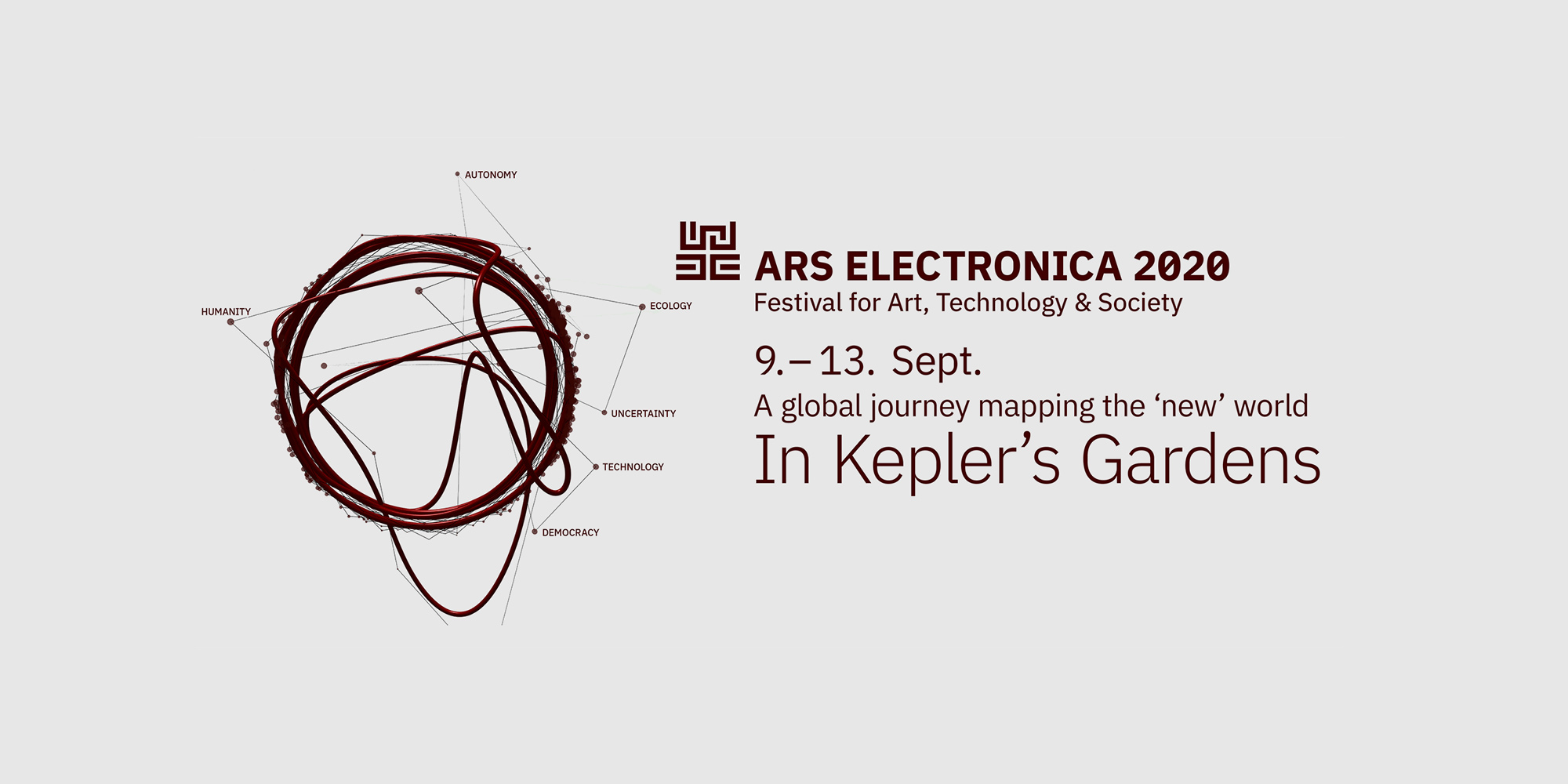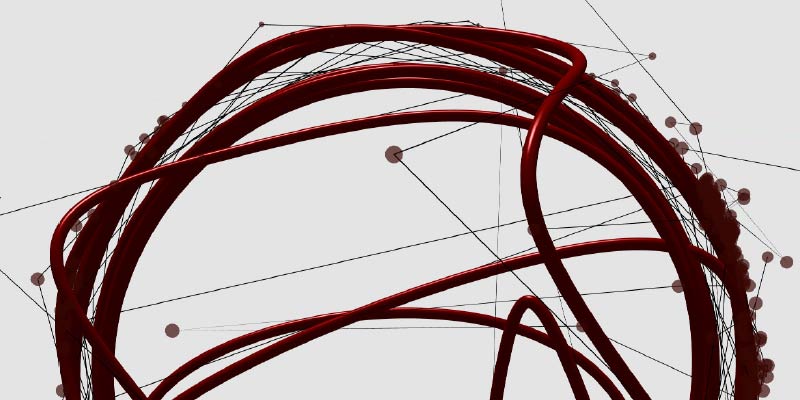STARTS
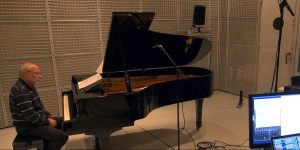
AI Creative Agents: The Man I Love
Hervé Sellin (FR), Remi Fox (FR)
The Musical Representations team in the STMS laboratory at IRCAM is working on "cyber-human" systems. Just as cyber-physical systems create a continuity between the digital logic of computers and the physical world by capturing, modeling, and modifying it, they establish a creative continuity between machines and musicians using mathematical modeling and artificial intelligence.

Little Etudes for Piano
Elaine Chew (US/GB)
Little Etudes is a series of short piano pieces based on cardiac electrical anomalies. Aberrant electrical activity in the heart can cause the heart to beat irregularly. Abnormal heart rhythms form interesting musical patterns, which raises the question of whether all natural-sounding musical rhythms have a physiological basis.
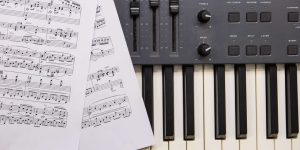
Talk: Frontiers of Music and Artificial Intelligence
IRCAM (FR)
Artificial intelligence plays an increasingly prominent role in music composition, performance, and production. How does this benefit or undermine musicians? Where are such developments taking us? Two young protagonists at the leading edge of AIxMusic will debate the limits and future directions of AIxMusic, tackling topics ranging from classic questions of AI takeover to therapeutic and gaming applications to discussions of lightweight deep AI, of uncertainty and unknown models and dimensions.
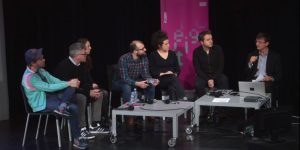
Talk: Musical Generativities (Facilitated by H.Vinet)
IRCAM (FR)
Techniques for the automatic generation of music – which have long been focused on systems ruling the score – are now being deployed at all levels of sound representation: signal, gesture, symbol, form. Sound synthesis using deep networks constitutes a radical break with conventional modelling approaches. How do composers handle these emerging possibilities?
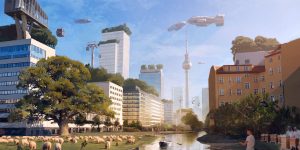
Art for Future: CO-IMAGINATIONS and CO-PRODUCTIONS for TOMORROW’S WORLD
Filmuniversity Babelsberg KONRAD WOLF (DE), Institute for Art and Innovation (DE)
Workshop - The zone that enables life and makes the planet unique is thinner than previously thought. How should we shape the future positively when conventional visions mainly depict hopeless and bleak dystopias? What we collectively want, what we can imagine, is strongly shaped by the media that surrounds us in our visual-addictive century. Can we imagine futures that serve the common good as well as the regeneration of the planet? How can we create synergies to work less, but be productive together?
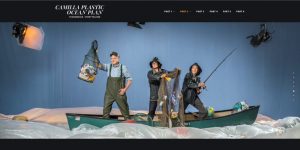
Transmedia Storytelling: Camilla Plastic Ocean Plan - Exhibition Opening + Guided Tour Video
Filmuniversity Babelsberg KONRAD WOLF (DE)
Exhibition Opening + Guided Tour Video - The project started at Filmuniversity Babelsberg because the worldwide media often present environmental problems in a way that makes us feel gloomy and hopeless. Consequently, people start ignoring facts. However, what about the future we want to live in? Can’t we use the expertise of storytelling in movies to design pictures of a desirable world? New things are very often created by a combination of things that have never been combined before.
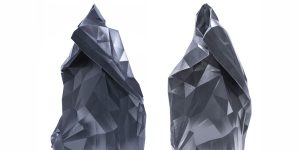
Uncertainty with AI-terity
Koray Tahiroğlu (FI/TR)
The composition Uncertainty keeps the musician in a hesitant state of performance, providing a non-rigid but identifiable musical events, followed by ever shifting new sounds. Uncertainty is a composition written for the AI- terity instrument that comprises computational features of a particular artificial intelligence (AI) model to generate relevant audio samples for real- time audio synthesis. The unusual behaviour of the Al-terity puts the performer in an uncertain state during performance. Together with being able to move through timbre-changes in sonic space, the emergence of new sounds allows the musician to explore a whole new range of musical possibilities. Composition turns into a continuous state of playing, reformulating an idiomatic relationship with the Al-terity and opening up a fresh variety of musical demands.
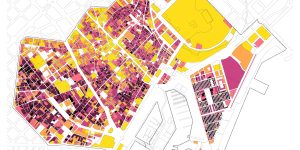
S+T+ARTS Talk: Art & Tech for Urban Resilience
How can artists help to create new collective imaginaries and participatory systems, spaces for reflection and criticism for the future of our cities? How can urban planners and policy makers be inspired by these scenarios and reflections on urban citizenship in the light of digital innovation? Discover the full line-up of this talk.
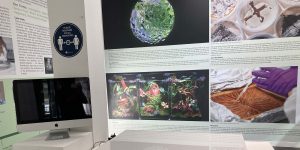
Identifying Successful STARTS Methodologies: Exhibition and Research Project
Pei-Ying Lin (TW), Giulia Tomasello (IT), Jen Keane (UK)
The exhibition presents the activities of the project, four of the eight case studies undertaken, and includes an installation of one of this years STARTS Prize 2020 Honorary Mention, Pei-Ying Lin’s Virophilia (2018-2020), an installation of Future Flora by designer Giulia Tomasello and winner of the STARTS Prize 2018 for Artistic Experimentation, alongside work from designer Jen Keane’s This is Grown project who received an Honorary Mention in 2019.
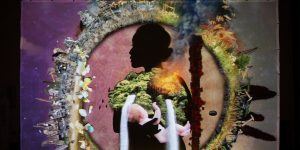
Expanded Animation Symposium at UCA
The symposium Synaesthetic Syntax examines the interactions between animation and audio from a scientific perspective. Researchers and artists were asked to submit contributions on the subject of Synaesthetic Syntax: Sounding Animation/Visualising Audio. This scientific/artistic survey is kicked off by the media artist Rose Bond, who offers insights into her artistic work in public spaces, followed by panel discussions on the topics of "Hearing Color Seeing Sound", "In Front of Your Eyes and Ears", and "The Kinaesthetics of Music and Vision".
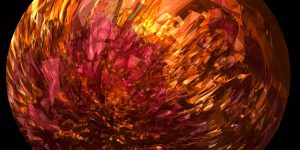
S+T+ARTS at UCA: Understanding complex data in COVID times + Fashion: Materialising Numbers
As a specialist arts institution, UCA is 100% creative. UCA students develop their skills and thinking in environments that replicate the studios found within the creative industries, alongside peers on courses spanning arts, business and technology.Oscar-winning film makers and animators, world-renowned fashion designers, television presenters and Turner-Prize nominees are just some of UCA's high-profile graduates who have enriched the world with their creative talents. Taught and guided by experienced, industry-connected academic staff, students reap the benefits of studying at the highest-ranked creative specialist in the UK.

Leonardo S+T+ARTS: A conversation on "What's next? Art-Science ideas emerging from lockdown."
Camille Baker (CA/UK), Danielle Siembieda (US), Aurelie Delater (FR) and Marie Albert (FR)
During lockdown, Leonardo and STARTS collaborated to exchange and reflect, together with their wider communities, on how COVID-19 is impacting Art-Science/Art-Technology innovation and co-creation.
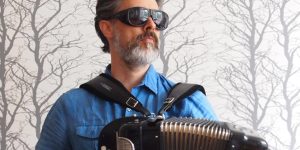
Machine folk music school
Bob L. T. Sturm (US)
“Machine folk music school” is led by Bob L. T. Sturm (US) via video conference. He teaches an AI-generated folk tune in the aural tradition. All musical instruments are welcome. (Come with your instrument!)
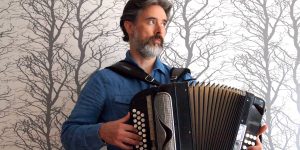
Folk the Algorithms
Bob L. T. Sturm (US)
Sturm builds, learns from and collaborates with AI systems trained on transcriptions of traditional music. These systems effectively generate an unlimited supply of new tunes imitating traditional ones. Sometimes these tunes are perfect as they are, and sometimes they are imperfect in interesting ways, but they all lack the credentials of “real” traditional tunes.
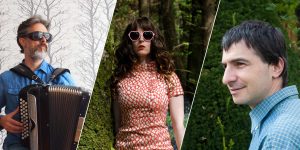
Music as Experience in an age of Artificial Intelligence and Computational Creativity
Kingston University and Durham University (UK), New York University (US), Hochschule für Musik und Darstellende Kunst, Stuttgart (DE), University of Music and Performing Arts of Vienna (AT), KTH Stockholm (SE)
This discussion will focus on aspects of working with AI as artists, and also wider aspects about implications of the technology.
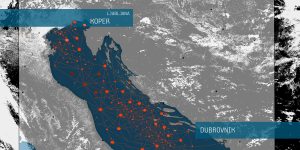
The “Aqua_Forensic” Exhibitions
Aqua_forensic is an artwork that will be exhibited at various locations during the Ars Electronica 2020: This includes the group exhibition Living Objects at the City Art Gallery in Ljubljana, Slovenia.
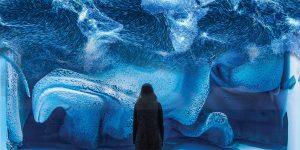
DïaloG Livestream
Refik Anadol (TR) and Maurice Benayoun (FR)
DïaloG is an urban media art installation developed by Maurice Benayoun (MoBen/CityU HK) and Refik Anadol: In the public space (L’Hospitalet de Llobregat, Spain) two “living” entities face each other. They don’t look like the living beings we know. They don’t speak any language we know. They are aliens, strangers, immigrants. Facing each other they gradually mutate.

DïaloG
Refik Anadol (TR) and Maurice Benayoun (FR)
DïaloG is an urban media art installation developed by Maurice Benayoun (MoBen/CityU HK) and Refik Anadol: In the public space (L’Hospitalet de Llobregat, Spain) two “living” entities face each other. They don’t look like the living beings we know. They don’t speak any language we know. They are aliens, strangers, immigrants. Facing each other they gradually mutate.
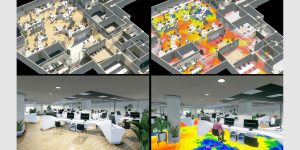
MindSpaces platform
Centre for Research and Technology Hellas (CERTH) (GR), Maastricht University (NL)
The MindSpaces platform, encompassing the technologies of the project, will be demonstrated, showing how to design solutions for both indoor and outdoor environments using data from emotional, behavioral and discourse analysis.
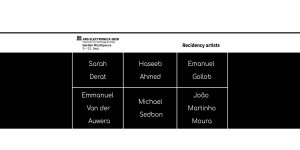
MindSpaces Residency Artists
Haseeb Ahmed (US), Sarah Derat (FR), Emanuel Gollob (AT), Emmanuel Van der Auwera (BE), João Martinho Moura (PT), Michael Sedbon (FR)
These interviews will discuss the work of the artists throughout their MindSpaces residency. They will present their work so far and their collaboration with the technical partners of the MindSpaces consortium.
